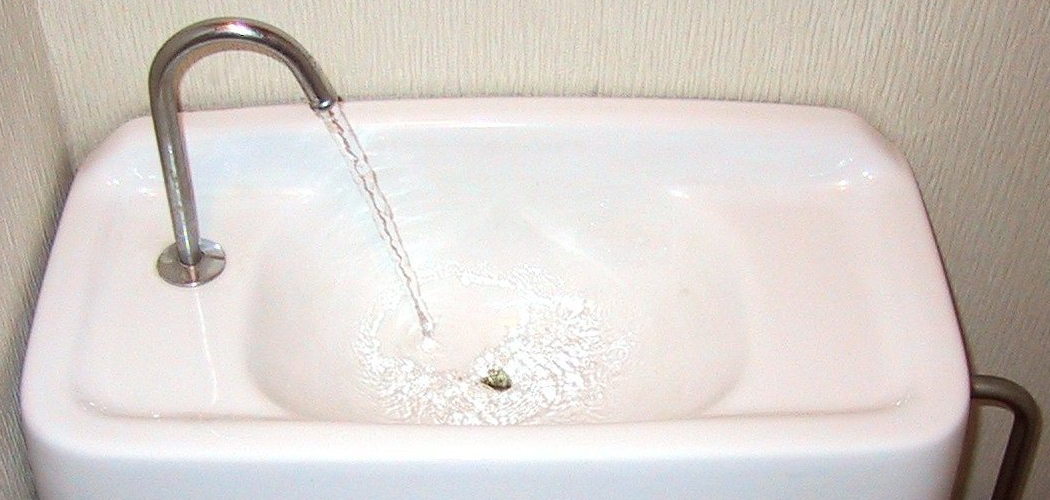Cold water plays a crucial role in our daily lives, whether you’re hydrating on a scorching day, preparing ingredients for a meal, or enjoying the refreshing feeling of a cool rinse. The temperature of your water can significantly impact comfort and freshness.
However, a common challenge faced by many is that tap water often runs warmer than desired, particularly in hot climates or during summer months. This can be inconvenient and frustrating, especially when you’d prefer an icy-cold drink or need cooler water for certain tasks.
Understanding how to make tap water colder can provide an easy, practical solution to this problem. The purpose of this guide is to explore various methods for chilling your tap water effectively, whether you opt for quick and simple techniques or invest in more advanced cooling systems. With these tips, you’ll discover convenient and efficient ways to keep your water at the perfect temperature.
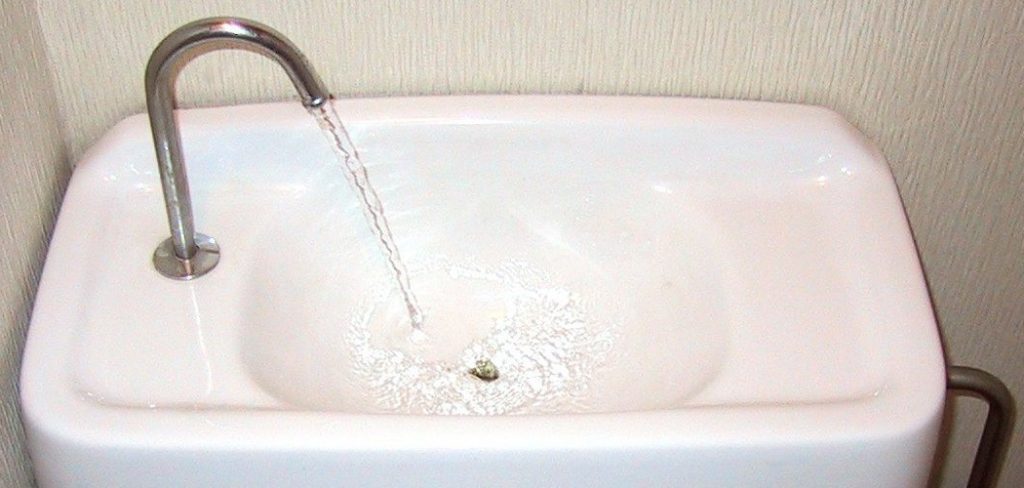
Understanding Water Temperature
How Tap Water Temperature is Affected
The temperature of tap water is influenced by several factors, including geographic location, seasonal variations, and the materials used in your plumbing system. In warmer climates, tap water generally runs at higher temperatures because the surrounding environmental heat affects underground water pipes.
During summer months, the increase in ground and air temperatures can further raise water temperatures delivered to your home. Additionally, the type of material in your pipes, such as metal or plastic, can either retain or quickly transfer heat, further affecting the water’s temperature.
Ideal Cold Water Temperature
For drinking water, a temperature of around 50°F to 60°F (10 °C to 15°C) is considered ideal. This range strikes a balance between being refreshingly cool while remaining comfortable for consumption. Water that’s too warm may not feel satisfying or quench thirst effectively, while overly cold water, especially below 50°F (10°C), can lead to discomfort, tooth sensitivity, or even numbness. Maintaining water within the recommended range ensures an enjoyable and safe drinking experience, making it perfect for hydration and suitable for various daily uses.
How to Make Tap Water Colder: Simple Ways to Make Tap Water Colder
Method 1: Adding Ice Cubes
The quickest way to cool tap water is by adding ice cubes, but this method can dilute the water over time as the ice melts. To minimize dilution, consider using larger ice cubes or ice trays specifically designed to melt more slowly. Alternatively, reusable ice cubes made from materials like stainless steel or plastic can be an eco-friendly option, as they chill water without diluting it.
Method 2: Use of Cold Water Pitchers
Investing in a cold water pitcher with an ice compartment is another effective option. These pitchers often include built-in ice chambers that allow the water to cool rapidly without the ice melting directly into it. This keeps the water’s flavor intact while ensuring it remains refreshingly cold. Some advanced pitchers also come with insulating materials to keep the water chilled for extended periods, making them perfect for gatherings or outdoor use.
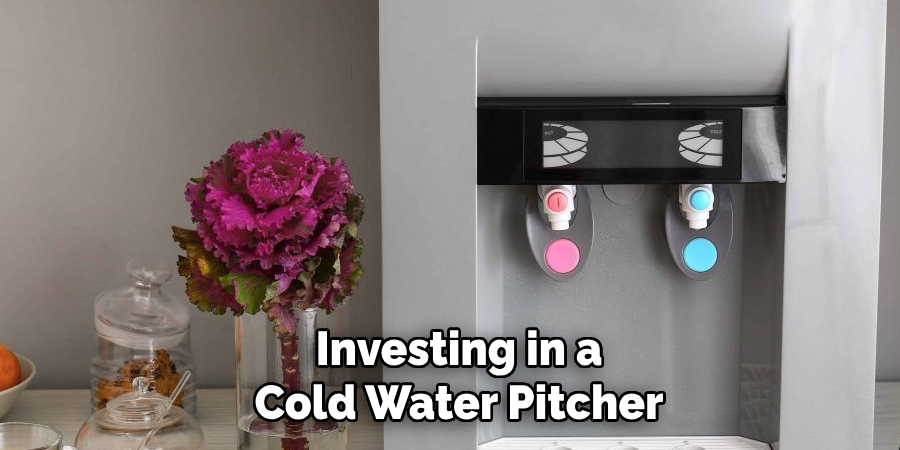
Method 3: Chilling in the Refrigerator
For a straightforward and dilution-free solution, store your tap water in the refrigerator for several hours. Utilize a container with a secure lid to protect the water from absorbing odors or contaminants from other items in the fridge. This natural cooling method is highly effective, ensuring your water stays fresh and ready to drink whenever you need it.
Advanced Methods to Make Tap Water Colder
Method 1: Insulated Water Bottles
Insulated stainless steel bottles or thermoses are an excellent way to keep tap water cold for hours. These bottles are designed with double-walled insulation that traps cold air around the water, preventing heat transfer from external sources. Not only do they preserve the temperature of your water, but they are also portable and durable, making them ideal for daily use, whether you’re at home, at work, or on the go. By using an insulated bottle, you can enjoy refreshing cold water anywhere, without needing ice.
Method 2: Ice Packs and Water Coolers
For larger quantities of water, ice packs and water coolers provide an effective cooling solution. Simply fill your water cooler with tap water and add reusable ice packs to keep it cold without the hassle of melting ice cubes. Many advanced water coolers are designed not only to store large amounts of water but also to chill it automatically. This option is perfect for parties, offices, or any activity that requires a constant supply of cold water for multiple people.
Method 3: Cooling Systems or Chillers
If you require cold tap water consistently throughout the day, investing in a countertop water chiller is a smart choice. These appliances are engineered to chill tap water instantly, delivering a refreshing, cool drink on demand. Compact and efficient, these chillers are ideal for households or workplaces, offering a convenient and energy-saving solution for all-day hydration.
Factors That Affect the Cooling Process
Pipe Material and Length
The material and length of your pipes can significantly impact the initial temperature of your tap water. Metal pipes, such as copper or steel, conduct heat more efficiently than plastic ones, which can cause the water inside to warm up more quickly. Additionally, longer pipes provide more surface area for heat transfer, meaning the water traveling through them has greater exposure to external temperatures. This makes pipe material and length critical factors for maintaining cooler water temperatures.
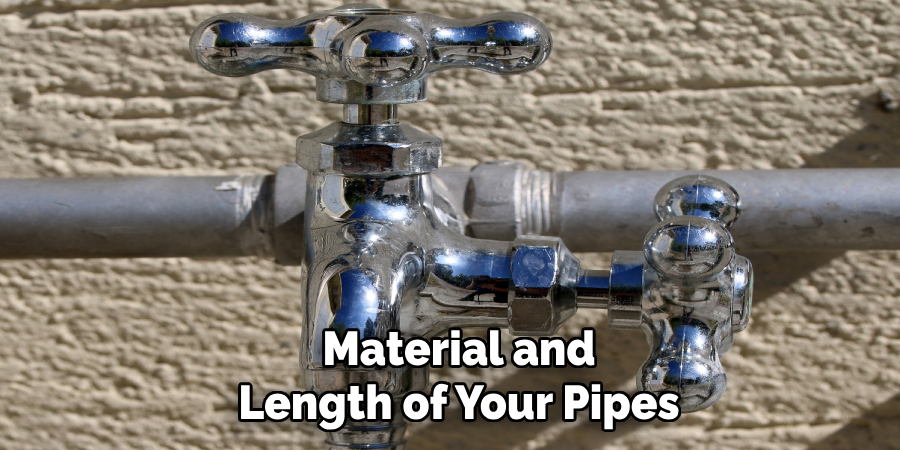
Environmental Factors
The climate and surrounding environment play a substantial role in determining how cool your tap water feels. For instance, in warmer climates or during summer months, the external temperature may warm the water supply in underground pipes, causing the tap water to come out warmer than expected. Conversely, in cooler climates, the water is more likely to retain a naturally refreshing temperature.
Water Flow Speed
The speed at which water flows through your pipes can also affect its temperature. Fast-moving water is less likely to absorb heat from its surroundings due to its shorter exposure time, resulting in cooler tap water. Conversely, slower-moving water has more time to absorb heat from the pipes and ambient environment, leading to a noticeably warmer output. Managing flow speed can thus influence the perceived temperature of your tap water.
How to Keep Tap Water Cold for Longer
Use Insulated Containers
Insulated jugs or pitchers are an excellent way to keep your tap water cold for extended periods. These containers are specifically designed to maintain temperature, often featuring double-walled construction to provide superior insulation. By minimizing temperature transfer, insulated containers ensure your water stays refreshing and cool for hours, making them perfect for both daily use and special occasions.
Store in a Cool Location
The placement of your water storage has a significant impact on its temperature. To keep tap water cold, store it in a cool, shaded area of your kitchen or living space. Avoid placing water near heat sources such as direct sunlight, ovens, or stovetops, as these can quickly warm it up. Using a refrigerator for storage is another effective solution, ensuring your water remains consistently chilled.
Pre-Chill Glasses or Bottles
For an added cooling effect, consider pre-chilling your glasses or bottles before pouring in the water. This simple step helps maintain the temperature of your drink, as colder vessels do not warm the water as quickly. To do this, place the glassware or bottles in the refrigerator or even briefly in the freezer before use. Whether hosting guests or enjoying a drink alone, this method can ensure every sip stays refreshingly cold.
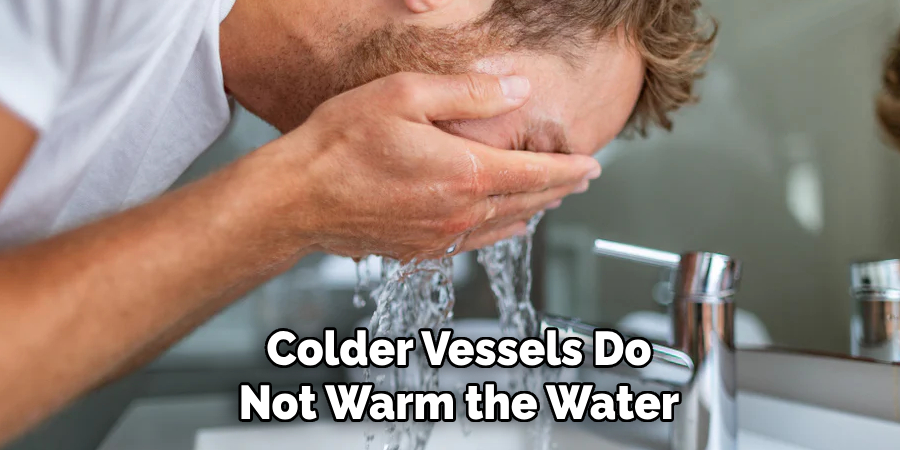
Common Mistakes to Avoid When Trying to Make Tap Water Colder
Using Too Much Ice
Adding excessive ice to water can result in a watered-down beverage, which many find unappealing. As the ice melts, it dilutes the water, potentially affecting its taste and refreshing quality. To avoid this, consider using larger ice cubes or insulated ice containers, which melt more slowly and help maintain the desired temperature with minimal dilution.
Not Letting Water Chill Long Enough
When chilling water using a refrigerator or cooler, it’s essential to allow ample time for the water to cool thoroughly. Rushing the process with quick chill methods, such as adding a few ice cubes or briefly placing the bottle in a freezer, may not achieve the desired coldness. Ensuring the water is given enough time to reach an even, consistent temperature will provide a better drinking experience.
Not Considering Water Taste
Chilling water too quickly or keeping it at extremely low temperatures can sometimes affect its natural taste. Water that is too cold may feel refreshing at first, but it can mute some of its subtle, natural flavors. Striking a balance between water that is adequately chilled but not too cold can enhance both the taste and the overall drinking experience. Thoughtful chilling methods can preserve the best qualities of your tap water.
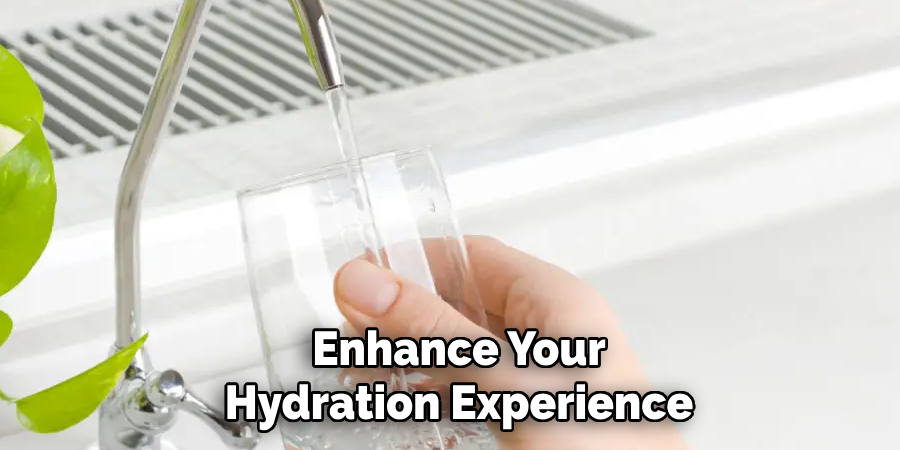
Conclusion
Knowing how to make tap water colder can greatly enhance your hydration experience. Simple methods like adding ice cubes or using chilled pitchers provide quick and effective solutions. For those seeking more advanced approaches, investing in water chillers or insulated containers offers long-lasting results.
When selecting the best method, consider your environment, daily usage, and personal preferences. Experimenting with various cooling techniques can help you discover what works most effectively and conveniently for you. By tailoring your approach to suit your needs, you can ensure consistently refreshing and perfectly chilled tap water every time.

